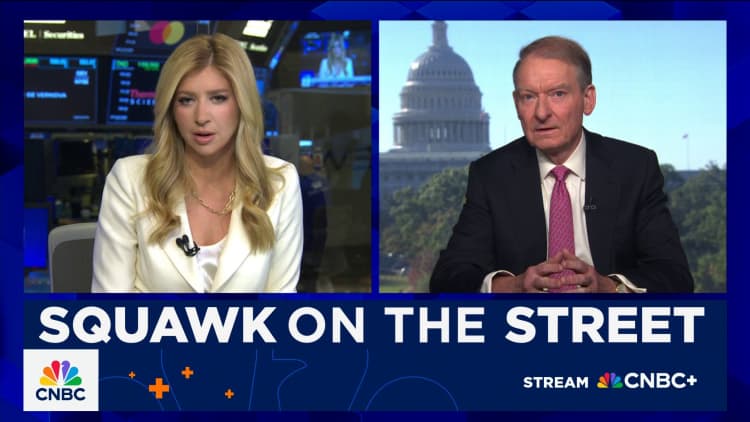Government shutdown puts some nonprofits in jeopardy


The Disability Awareness Council in Chapel Hill, North Carolina, assists individuals with disabilities in the community, offering aid ranging from transportation to housing advocacy. But for now, many services are on hold.
“Because of the shutdown and cuts, core disability services that people rely on every week are either paused, reduced or running with unpaid labor,” said Timothy Miles, the organization’s director and board liaison.
As the standoff in Washington drags on, many nonprofits have lost access to federal grants and must make tough decisions about what aid they can offer and for how long.
At the same time, the shutdown has put some federal assistance, such as the Supplemental Nutrition Assistance Program, or SNAP, at risk just when the need for help is increasing. With hundreds of thousands of federal employees and contract workers furloughed and without pay, that adds to the strain on nonprofits that are needed to help fill the gap.
“Nonprofits are on the frontlines of serving communities, but a government shutdown makes it harder for them to fulfill their missions,” said Diane Yentel, president and CEO of the National Council of Nonprofits, an industry association.
“The longer this shutdown lasts, the more people and communities are left without the critical services they depend on,” she said.
The current government shutdown is now the second-longest federal funding lapse in U.S. history.
Many nonprofits were already facing financial pressure before the shutdown due to disruptions in government funding earlier this year that was restricting their ability to meet community demand, according to the Urban Institute, a nonpartisan policy research organization.
The average nonprofit receives about 28% of its funding from the government, and 60% to 80% of nonprofits wouldn’t be able to cover their expenses if they lost that grant aid, according to the institute’s analysis of IRS data.
With a lapse in appropriations, nonprofits are now facing a potential shortfall, said Sarah Saadian, the National Council of Nonprofits’ senior vice president of public policy and campaigns.
“For those nonprofits that were waiting to get their grant renewed or need approval, there’s no one there,” Saadian said.
Miles said that is one of the biggest challenges the Disability Awareness Council currently faces. “We are waiting on some funding from the federal government,” he said, but there is “no direct contact with some of the agencies.”
The funding gap means some staffers will go unpaid and programs will be put on hold, according to Miles. The organization has a workforce of seven and serves hundreds of people in the area.
‘Real long-term consequences’
The longer the shutdown continues, the harder it will be for nonprofits to continue serving their communities, Saadian said.
In many cases, if an organization lays off staff or puts a program or service on pause, it can be difficult to resume operations once the shutdown ends and funding kicks in.
“Once those organizations suffer those kinds of impacts, there can be real long-term consequences, because they’ve lost that infrastructure, they’ve lost that staff,” Saadian said.
Subscribe to CNBC on YouTube.
<




